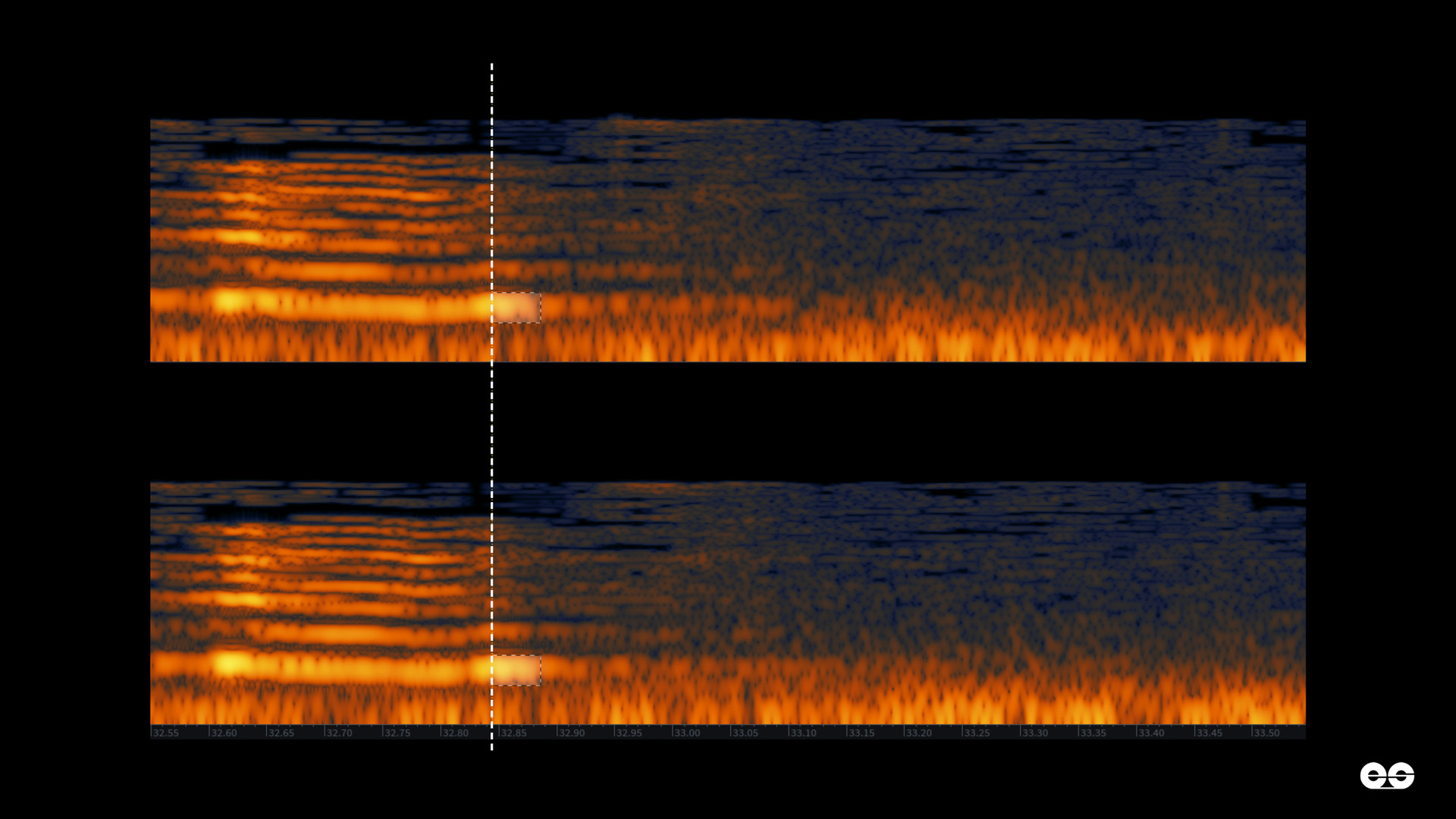Sound Authentication
Earshot has developed audio analysis techniques to verify the authenticity and integrity of video or audio files acquired by organizations, journalists, activists, and community groups. Our forensic audio analysis uses advanced computer-based pattern recognition tools to verify the audiovisual material under scrutiny. Our work has been useful to human rights investigators in assessing whether recordings from the public or whose origin has not been verified have been unedited or manipulated.
Case study: Debunking video of alledged nurse at al-Shifa hospital in Gaza
The truth behind the al-Shifa Hospital nurse video | Fact Check

Case study: Electromagnetic verification
Sound authentication for Camfoot

For this investigation, we examined the recording’s electromagnetic interference (EMI) patterns. EMI creates distinctive pulses and tones at precise intervals, and any discontinuity in these patterns could indicate tampering. In this case, we observed consistent EMI cycles of 80ms and its multiples throughout the recording. Any intentional edits would have disrupted this pattern, causing misalignment. No such disruptions were detected, indicating that the recording provided to Earshot is highly unlikely to have been altered.